Chinese experts have developed a novel dementia risk prediction model which can predict dementia within five, ten, and much longer years.
Based on the UK Biobank (UKB), a large-scale biomedical database, the research team followed up 425,159 non-dementia people aged 40-69. During the median follow-up of 11.9 years, 5,287 and 2,416 participants developed incident dementia and Alzheimer's Disease, respectively.
They implemented a data-driven strategy to identify predictors from 366 candidate variables covering a comprehensive range of genetic and environmental factors, according to a paper published in the journal EClinicalMedicine.
Researchers then used a machine learning algorithm to calculate the importance of each predictor to the dementia prediction model, selected the top ten predictors, and constructed a novel dementia risk prediction model called UKB-DRP.
The top ten predictors include age, gene, pairs matching time, leg fat percentage, number of medications taken, reaction time, peak expiratory flow, mother's age at death, long-standing illness, and mean corpuscular volume.
The advantage of the UKB-DRP model is that the ten predictors can be quickly obtained from the questionnaire survey, simple physical examination, and routine blood test, said Yu Jintai, professor with the Huashan Hospital of Fudan University.













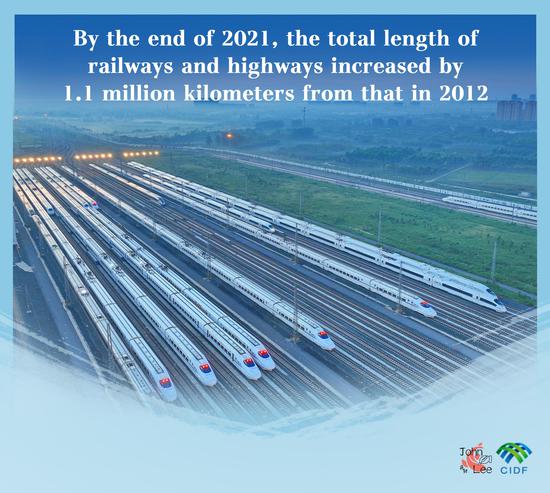
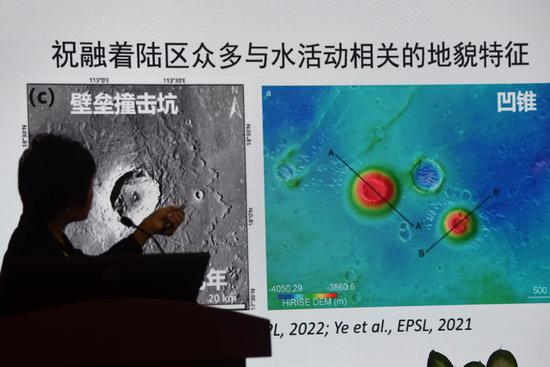
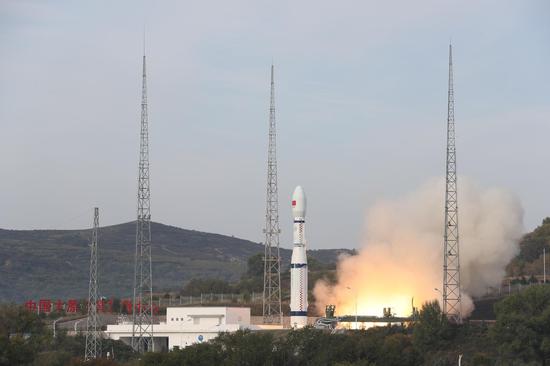

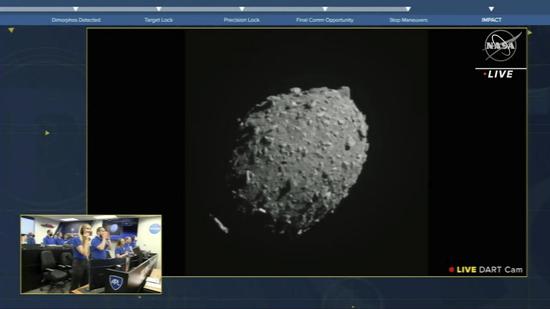

















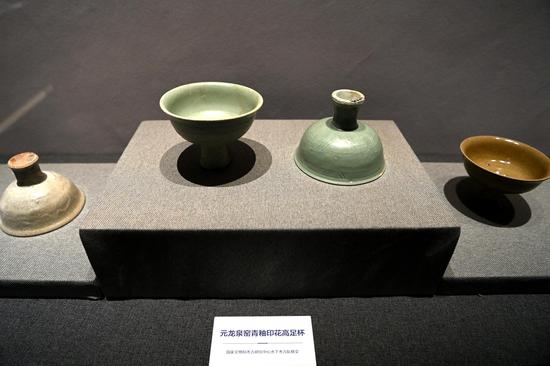




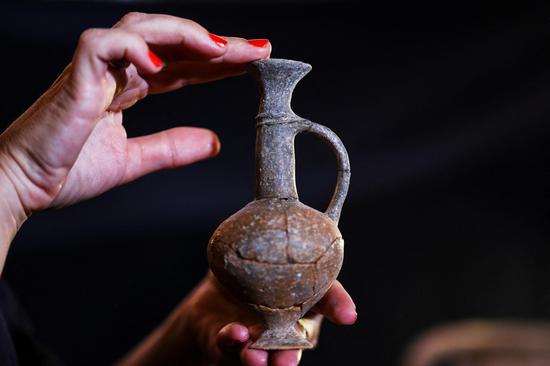









 京公网安备 11010202009201号
京公网安备 11010202009201号
